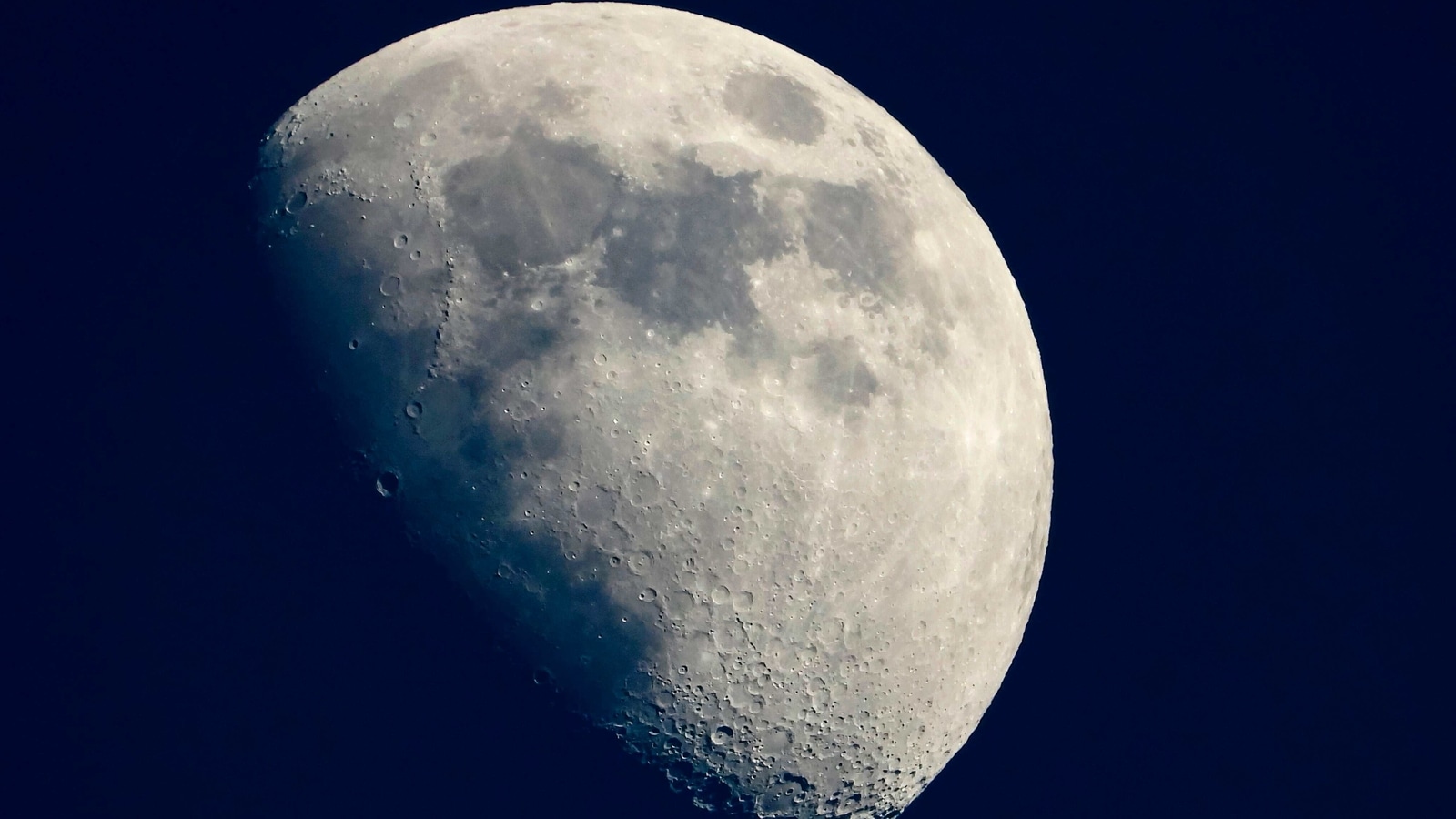Forget Mars! ISRO detects water ice on Moon
Indian Space Research Organisation (ISRO) has said that its Chandrayaan-2 moon mission has found presence of water ice on the moon. Most space researchers have been focussing on planet Mars without actually looking at our immediate neighbour - the Moon.

In what is one of the most significant developments in astronomy, Indian scientists at ISRO have said that there is water ice on the Moon. While most people through the decades have been debating about the presence of water, once upon a time, on Mars, no one was really taking a close look at our very own immediate neighbourhood, especially the Moon. However, India's moon mission in the form of Chandrayaan-2 has changed that.
It has been revealed that there is water ice on the Moon, but it is to be found in the regions that are permanently in the dark. There are as many as 8 different payloads aboard ISRO's spacecraft Chandrayaan-2 - the 2 indicating it is the 2nd Moon mission of ISRO. This payload, the Dual Frequency Synthetic Aperture Radar (DFSAR), was developed at Space Applications Centre (SAC), Ahmedabad specifically for the "unambiguous detection of water-ice on the lunar poles". The region of the Moon that it has been found in is the permanently shadowed region. This was announced by Indian Space Research Organisation (ISRO) on Tuesday, at its lunar science workshop.
Permanently shadowed region of the Moon is where no sunlight falls - it is permanently in the dark and as such not much attention was received by it from the other countries which had advance space missions of their own. In fact, after the US put its astronauts on the moon, this Earth's satellite fell from their attention as they shifted their focus on to planet Mars. This has allowed ISRO to move meaningfully into this space and it has just made this huge find.
The Chandrayaan-2 payload that detected water ice on the moon was the DFSAR. It is touted by ISRO as the only full polarimetric mode capable instrument sent on a planetary mission in the world. The feature that has made it possible for it to detect water ice on the moon has to do with its ability to combine radar images from two wavelengths. That enables images that can differentiate between surface roughness properties from water ice properties.
ISRO, in its hand book had this to say about it, "Earlier studies using hybrid-polarimetric SAR data resulted in ambiguous detection of water ice regions because it had similar sensitivity to surface roughness and water ice. Full-Polarimetric DFSAR measurements are used to decouple the effect of water ice and surface roughness, leading to encouraging results on unambiguous detection of water ice in some PSRs."
Catch all the Latest Tech News, Mobile News, Laptop News, Gaming news, Wearables News , How To News, also keep up with us on Whatsapp channel,Twitter, Facebook, Google News, and Instagram. For our latest videos, subscribe to our YouTube channel.





























